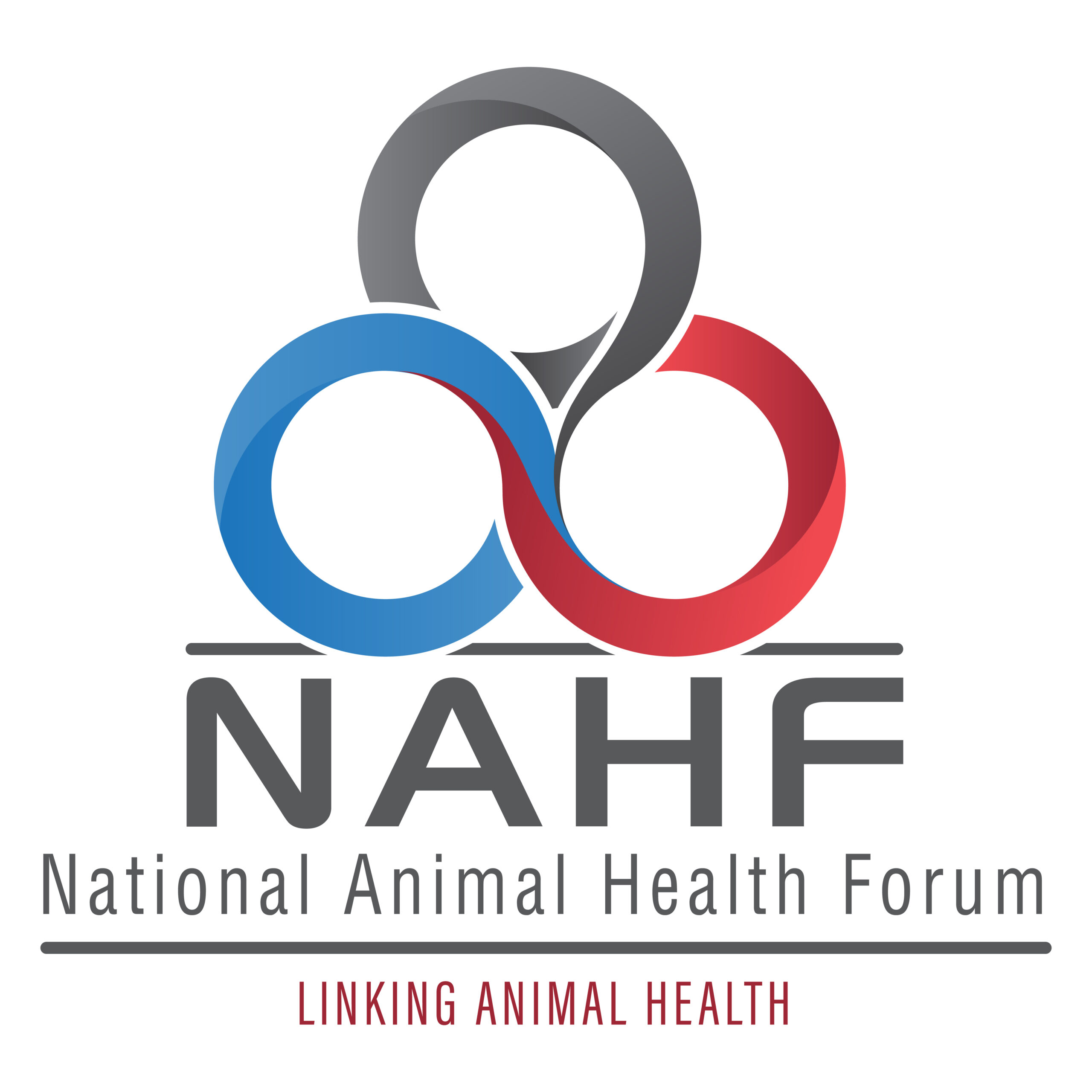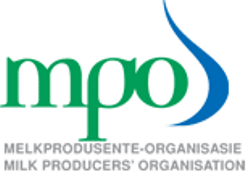
Biosecurity Guidelines-FMD 2019-11-19
1. During a FMD outbreak it is the producer’s responsibility to keep their animals from getting infected.
2. Although FMD does not pose a food safety or public health concern it has a major impact on animal health and international trade.
3. Each commercial farm should appoint a biosecurity manager.
4. A written biosecurity plan is a basic requirement.
5. Development of a plan must be done by the biosecurity manager with assistance from a veterinarian.
6. The biosecurity plan must include a line of separation/demarcation of the biosecurity area.
7. Training:
a. Train all personnel in biosecurity principles at least annually.
8. Access:
a. Access points to the area must be identified and demarcated clearly.
b. Loading site must be identified away from animals.
c. A cleaning and disinfection station needs to be made available and should be away from any animals and an SOP for cleaning of all vehicles entering the biosecurity area must be adhered to.
d. Parking areas away from animal areas must be provided.
e. Vehicle movement pathways must be mapped.
f. Draw up a map demarcating all these areas.
g. The control boundary should always be respected and identified to all personnel.
h. No access of vehicles or personnel to the bio-secure area unless via proper decontamination protocols. People with any suspected contact with infected animals (or having been in an affected area) should stay away from “clean animals” for at least a week.
i. Access points should be respected, well demarcated and procedures of access described.
j. Animals arriving on the farm should only be directly from a guaranteed healthy herd accompanied by signed and dated veterinary health certificates.
k. Personnel entering the bio-secure area should shower and change clothing before entering the area.
l. Logbooks of all persons, vehicles, equipment etc. entering or leaving the bio-secure area should be kept.
m. No entry of persons, vehicles or products should be allowed if not expressly permitted by the biosecurity officer.
n. Feed brought into the bio-secure area should only be from sources determined by the biosecurity manager.
o. For further information go to www.securebeef.org.
9. Quarantine:
a. For extra security cattle should be quarantined for 21 days at least 100 meters away from the herd.
b. There will be absolutely no contact with the herd either directly or indirectly.
c. They should only be introduced after clinical (and preferably serological) evaluation.
Published on Tuesday, 19th November 2019 - 08:59
Recent Posts
disclaimer









